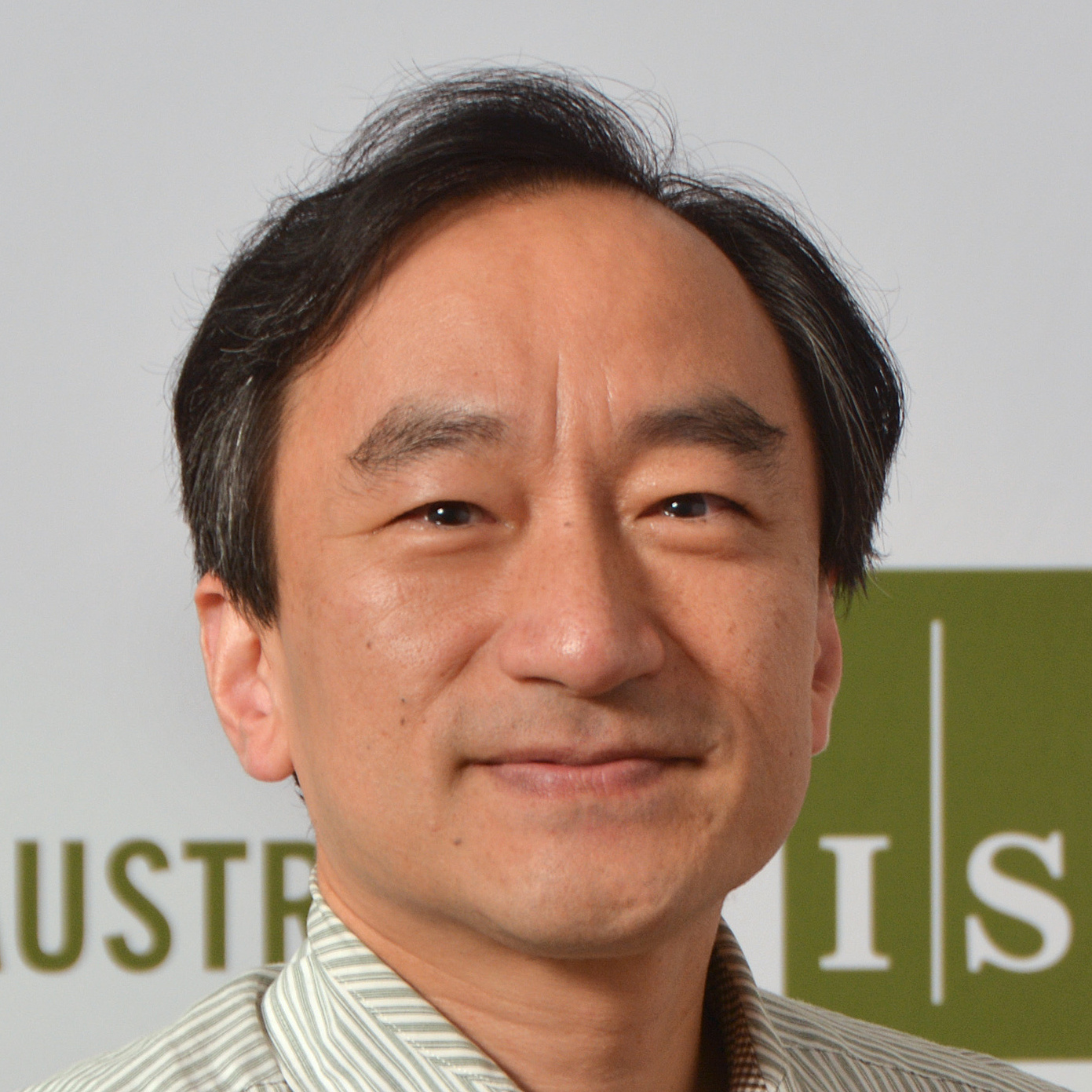Univ.-Prof. Dr. Ryuichi Shigemoto

The Shigemoto group has been working on the quantitative ultrastructural localization and function of neurotransmitter receptors and ion channels, mainly in synaptic sites in the hippocampus, cerebellum, and interpeduncular nucleus. Special attention has been paid to combining results of structural, molecular, electrophysiological, and behavioral experiments to understand the integrated brain functions in vivo using mouse models. One of the main goals is to understand how the synaptic plasticity based on quantitative changes in synaptic structure, the number of receptors and ion channels, and their subunit compositions contributes to memory formation and learning Another major topic in this group is to elucidate the left-right asymmetry of brain circuits, its physiological significance and the mechanisms of asymmetry formation.
Focal points of interest
The Shigemoto group reported differential glutamate receptor and calcium channel localization depending on GABAergic interneurons, contributing to target-cell-specific regulation of synaptic transmission and plasticity. For example, the density of postsynaptic AMPA-type glutamate receptors is much higher and constant in synapses on GABAergic molecular layer interneuron dendrites than in those on Purkinje cells in the cerebellum. Similar differences were also observed between GABAergic interneurons and glutamatergic principle cells in the lateral geniculate nucleus and hippocampus. We also quantified GABAA and GABAB receptor contents in inhibitory synapses on different cellular compartments in the hippocampus, cerebellum, and interpeduncular nucleus. In particular, GABAB receptors at the presynaptic terminals, which usually inhibit the vesicular release in most central synapses, have a peculiar facilitatory effect in the terminals derived from ventral medial habenula in the interpeduncular nucleus. The vast majority of neurons in this nucleus are GABA cells, but it is not yet clear how GABA is released from these cells to the GABAB receptors on habenula terminals and what is the physiological role of this peculiar GABAB receptor-mediated potentiation in the regulation of emotional memory acquisition and elimination. We combine electron microscopy with high spatial and temporal resolutions to visualize vesicular release from the GABA terminals of the local GABA cells in the interpeduncular nucleus, electrophysiological recording from these cells, and fear memory paradigms to tackle these questions.
Technical proficiency and instrumentation
The Shigemoto lab has developed quantitative molecular labeling using freeze-fracture replica to measure the numbers of receptors and ion channels in two-dimensional membrane surfaces with unprecedented efficiency. Recent advances in this technique include its coupling with optogenetic stimulation and rapid freezing (Flash & Freeze-fracture) to capture the time-defined structure of presynaptic active zone with molecular labeling and its combination with chemical probe labeling to increase the labeling resolution ten times compared with conventional immunolabeling methods. These methods enable us to visualize nanoscale localization of receptors and ion channels with millisecond time resolution. By combining electrophysiological recording, structure/molecular-function relationships can be examined at the highest accuracy.
Aspirations for the next 5 years
Our first goal is the technical establishment of the Flash & Freeze-fracture method and chemical labeling. This will enable us to examine mechanisms of vesicular release and endocytosis in GABAergic synapses in the cerebellum, hippocampus, and interpeduncular nucleus. The second one is to reveal synaptic plasticity in GABAergic pre- and postsynaptic sites occurring in physiological learning in the cerebellum, hippocampus, and interpeduncular nucleus. The third is to elucidate the physiological significance and the formation mechanism of brain laterality.
References
- Koppensteiner P, Bhandari P, Önal HC, Borges Merjane C, Le Monnier E, Roy U, Nakamura Y, Sadakata T, Sanbo M, Hirabayashi M, Rhee J, Brose N, Jonas P, Shigemoto R (2024) GABAB receptors induce phasic release from medial habenula terminals through activity-dependent recruitment of release-ready vesicles. Proceedings of the National Academy of Sciences 121, e2301449121.
- Chen JJ, Kaufmann WA, Chen C, Arai I, Kim O, Shigemoto R, Jonas P (2024) Developmental transformation of Ca2+ channel-vesicle nanotopography at a central GABAergic synapse. Neuron 112, 755–771.e9.
- Fredes F, Silva MA, Koppensteiner P, Kobayashi K, Joesch M, Shigemoto R (2021) Ventro-dorsal hippocampal pathway gates novelty-induced contextual memory formation. Current Biology 31, 25-38.e5.





